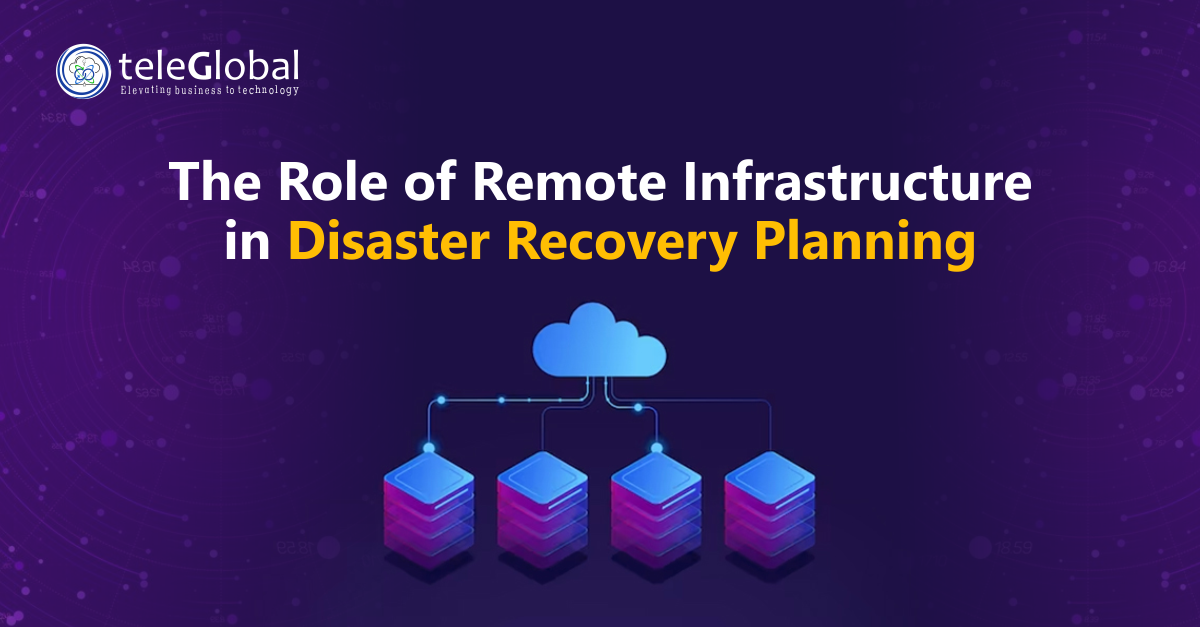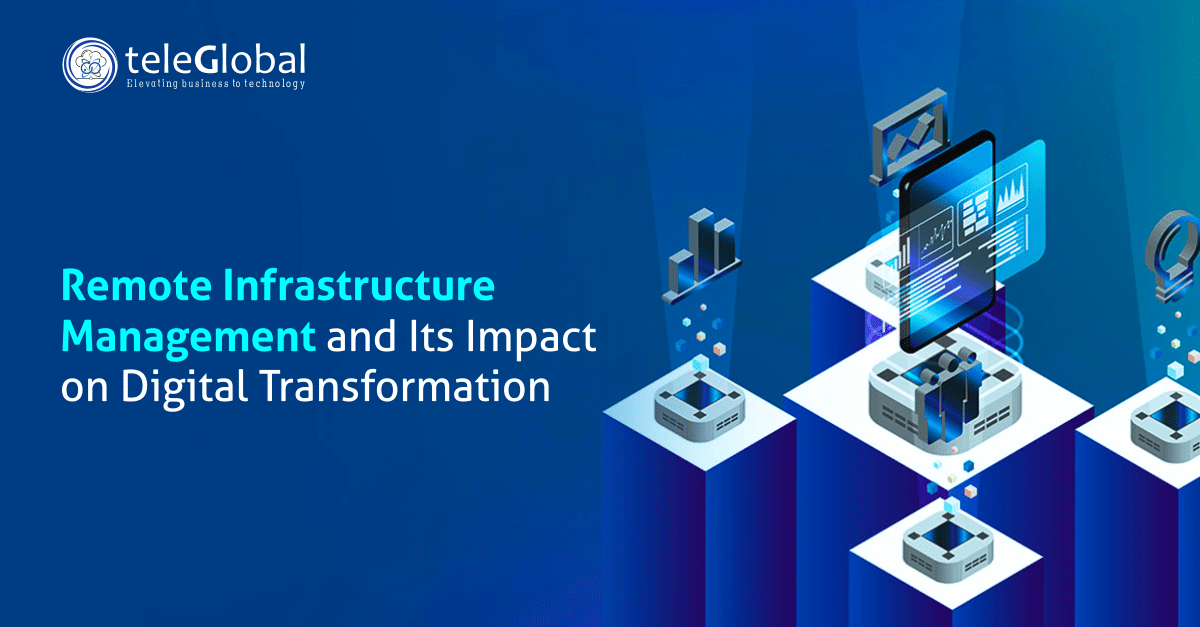
In the contemporary landscape of information technology, the role of remote infrastructure in disaster recovery planning has become paramount, offering businesses a robust and resilient strategy to navigate unforeseen disruptions. Disaster recovery planning is no longer merely a contingency measure but an integral component of organizational resilience, and remote infrastructure plays a pivotal role in ensuring seamless continuity of operations in the face of unexpected events.
Remote infrastructure, particularly in the context of cloud-based solutions, provides organizations with the flexibility and agility required for effective disaster recovery. Traditionally, disaster recovery planning relied heavily on physical backups and redundant systems located on-premises. However, remote infrastructure shifts this paradigm by allowing organizations to replicate and store critical data and applications in geographically dispersed data centers. This decentralization minimizes the risk of a single point of failure and ensures that even if one location is affected, operations can swiftly switch to an alternative site, maintaining business continuity.
The scalability inherent in remote infrastructure proves to be a significant asset in disaster recovery scenarios. Organizations can dynamically scale their computing resources based on demand during the recovery phase, ensuring that critical applications and services receive the necessary resources for swift restoration. This adaptability is particularly crucial during large-scale disasters where the demand for computing resources may fluctuate rapidly.
Moreover, remote infrastructure facilitates the creation of comprehensive backup and recovery plans. With the ability to automate regular backups and replicate data in real-time to remote servers, organizations can significantly reduce the recovery time objective (RTO) and recovery point objective (RPO). In the event of a disaster, having up-to-date data readily available in remote locations enables a quicker restoration of services, minimizing downtime and potential data loss.
The accessibility provided by remote infrastructure is a game-changer in disaster recovery. As organizations increasingly embrace remote work and dispersed teams, the ability to access critical applications and data from anywhere becomes imperative during recovery efforts. Remote infrastructure ensures that employees can continue their work seamlessly, regardless of their physical location, contributing to a more resilient and adaptive response to disasters.
Security is a paramount concern in disaster recovery planning, and remote infrastructure introduces new dimensions to safeguarding critical assets. Cloud service providers invest heavily in robust security measures, including encryption, multi-factor authentication, and continuous monitoring. This ensures that data stored remotely is not only accessible but also well-protected against cyber threats and unauthorized access, critical considerations in the aftermath of a disaster when organizations may be particularly vulnerable to security breaches.
Additionally, the cost-effectiveness of remote infrastructure aligns well with the fiscal considerations of disaster recovery planning. Traditional on-premises solutions often involve substantial upfront investments in redundant hardware and physical infrastructure. Remote infrastructure operates on a pay-as-you-go or subscription-based model, allowing organizations to scale resources as needed, optimizing costs during both normal operations and disaster recovery scenarios.
Despite the myriad benefits, the integration of remote infrastructure into disaster recovery planning requires careful consideration and strategic implementation. Organizations must conduct a thorough risk assessment, identifying potential threats and vulnerabilities specific to their operations. Developing a clear disaster recovery strategy, including detailed plans for data backup, recovery procedures, and communication protocols, is essential to leveraging remote infrastructure effectively.
In conclusion, the role of remote infrastructure in disaster recovery planning is transformative, offering organizations a resilient and adaptable framework to navigate the uncertainties of the modern business environment. By decentralizing critical resources, providing scalability, ensuring accessibility, and enhancing security, remote infrastructure emerges as a cornerstone in the quest for organizational resilience. As businesses continue to face evolving threats and challenges, leveraging the capabilities of Remote Infrastructure Management becomes not only a strategic imperative but a fundamental necessity for ensuring continuous operations and safeguarding the future viability of the enterprise.







































